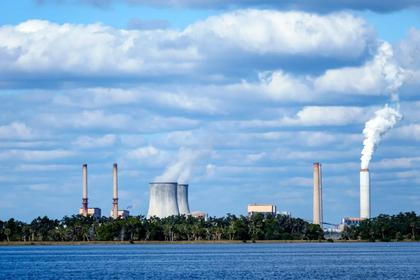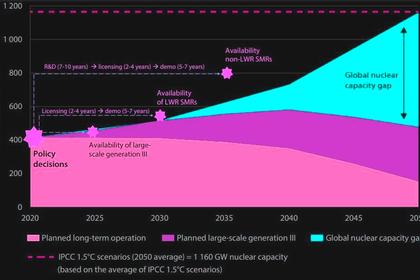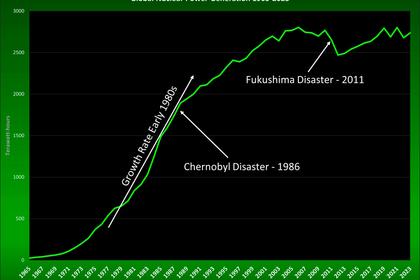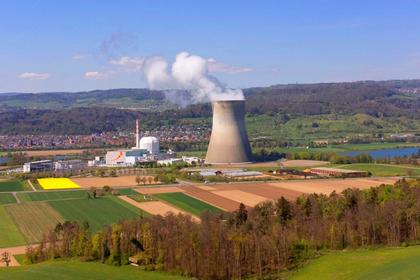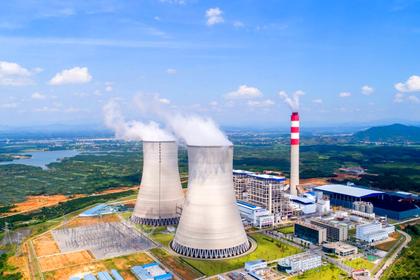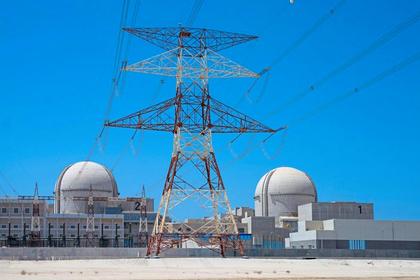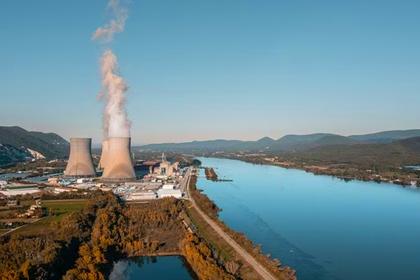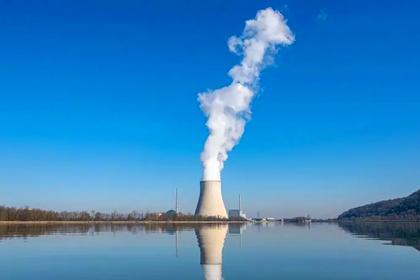
NUCLEAR-POWERED SHIP
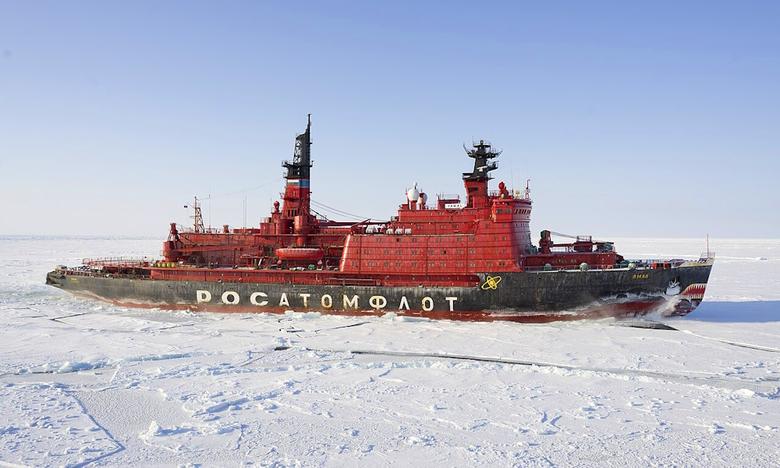
N - October 2, 2024 - Netherlands-based nuclear energy development and consultancy company ULC-Energy BV has completed an in-depth study looking at the design and economic implications of using civil nuclear reactor technology to power a Newcastlemax bulk carrier. The study was supported by C-Job Naval Architects, which has carried out a number of investigations into the use of nuclear energy on large ocean-going vessels.
The ULC-Energy study compares a nuclear-powered Newcastlemax bulk carrier with one powered by conventional very low sulphur fuel oil (VLSFO) and one powered by green ammonia. It explores the design impact, greenhouse gas emissions, and commercial performance for each fuel type, leveraging the expertise of C-Job in naval architecture and alternative fuels and ULC-Energy’s knowledge of advanced reactor technologies and nuclear energy economics.
The study concludes that:
- The structural and safety modifications needed to integrate a nuclear reactor into a Newcastlemax bulk carrier would have minimal impact on its cargo capacity.
- Nuclear propulsion offers the lowest operational cost per ton shipped, significantly lower than alternatives such as ammonia or VLSFO. While the lower fuel costs of a nuclear-powered ship are partly offset by the higher capital expenditures required to construct the vessel, the study found that a nuclear-powered Newcastlemax bulk carrier could sail longer, faster, and cheaper, all without producing greenhouse gas emissions.
- A nuclear-powered Newcastlemax has nearly zero greenhouse gas emissions, lower even than a ship powered by green ammonia, demonstrating the potential of nuclear propulsion to support the shipping industry’s decarbonisation goals.
- The study acknowledged that civil nuclear maritime propulsion faces licensing, operational, and other challenges. Given that most nuclear reactor designs being considered for maritime use are still in the conceptual phase, current estimates for the capital costs of such ships are limited; however, accuracy will improve as projects mature.
“This latest study from ULC-Energy furthers our mission to deliver unique, fundamentals-based analysis on the integration of nuclear technologies into various industries,” said ULC-Energy CEO Dirk Rabelink.
“The study is another remarkable milestone for the adoption of nuclear power in marine vessels.” said Niels De Vries, Head of Energy at C-Job. “It shows how C-Job can work in a flexible manner with its clients and combine knowledge in designs that create significant value.”
In June, C-Job and Delft University of Technology presented a study, The Potential of Next Generation Nuclear Power for Marine Propulsion of Commercial Vessels, at the 15th International Marine Design Conference in Amsterdam.
This demonstrated the potential of nuclear power to become one of the main alternatives in the achievement of sustainable marine shipping. C-Job said the outcome of the research could benefit all stakeholders in the shipping industry, from companies and investors to port authorities and regulatory bodies.
Earlier research by C-Job had shown that the use of nuclear energy on large ocean-going vessels could result in a 98% reduction in CO2 equivalent emissions, compared with conventional fuel-based systems. The June study identifies a method of converting nuclear energy to propulsion and electrical power that is safe, has minimal space requirements, and offers sufficient load response capabilities. The proposed system takes all the components in a nuclear power system on commercial vessels into consideration, including reactor types, shielding, heat exchangers, and turbines.
C-Job said nuclear propulsion fundamentally changes the capital and operational expenditures of ocean-going commercial ships, potentially making their operations more profitable. “The reason, in a nutshell, is that the cost of fuel, as a part of operational expenditures, grows only marginally with the higher speeds of nuclear-powered vessels,” the company noted.
The research considered two new-build cases: a container vessel and a bulk carrier. It determined that reactors with 25, 50, and 75 years of service life all develop higher economic speeds than conventional fuel-based options. One possible drawback in the use of a nuclear propulsion system is the cost of its installation. However, this is offset by the low operational expenditures and by the fact that a reactor can be used for its entire service life, either in a second ship or by extending the service life of the first ship.
“A potential solution is to adopt a structure where ship owners pay ‘rent’ for the system’s operational hours while specialist companies buy and own the reactors,” said Niels de Vries.
In February, Australian mining company BHP commissioned ULC-Energy to investigate the potential use of civil nuclear technologies to power commercial maritime vessels. The study compared key characteristics of various civil reactor designs against the requirements for the potential use in commercial maritime shipping and evaluated a range of regulatory, operational and commercial challenges, such as port access, licensing and vessel classification, capital costs, and crew training and certification.
These investigations reflect the fact that shipping is coming under increasing pressure to reduce the use of fossil fuels. The shipping industry consumes some 350m tonnes of fossil fuel a year and accounts for about 3% of total worldwide carbon emissions. In 2023 the International Maritime Organization approved new targets for greenhouse gas emission reductions, aiming to reach net-zero emissions by, or around, 2050.
-----
Earlier:
